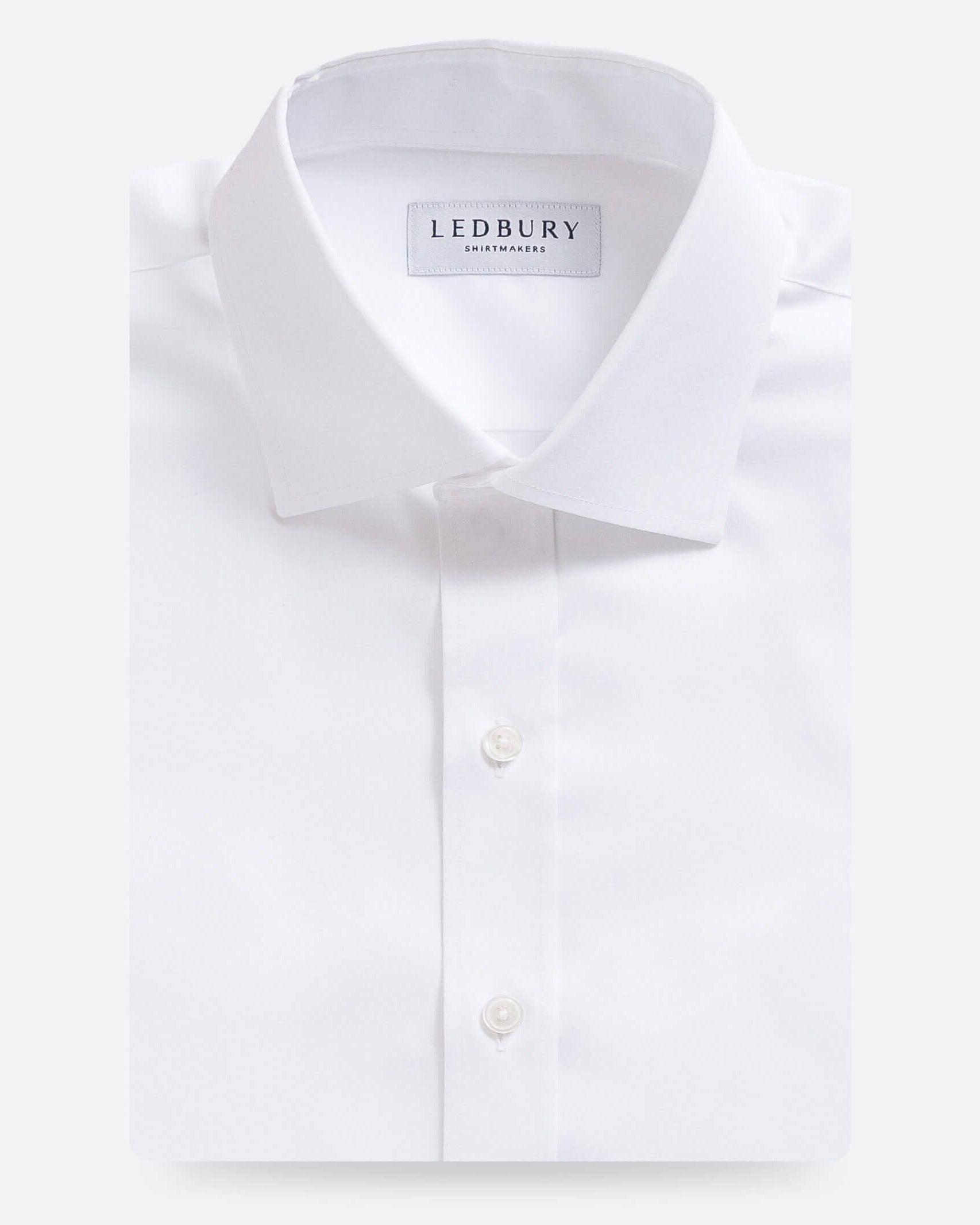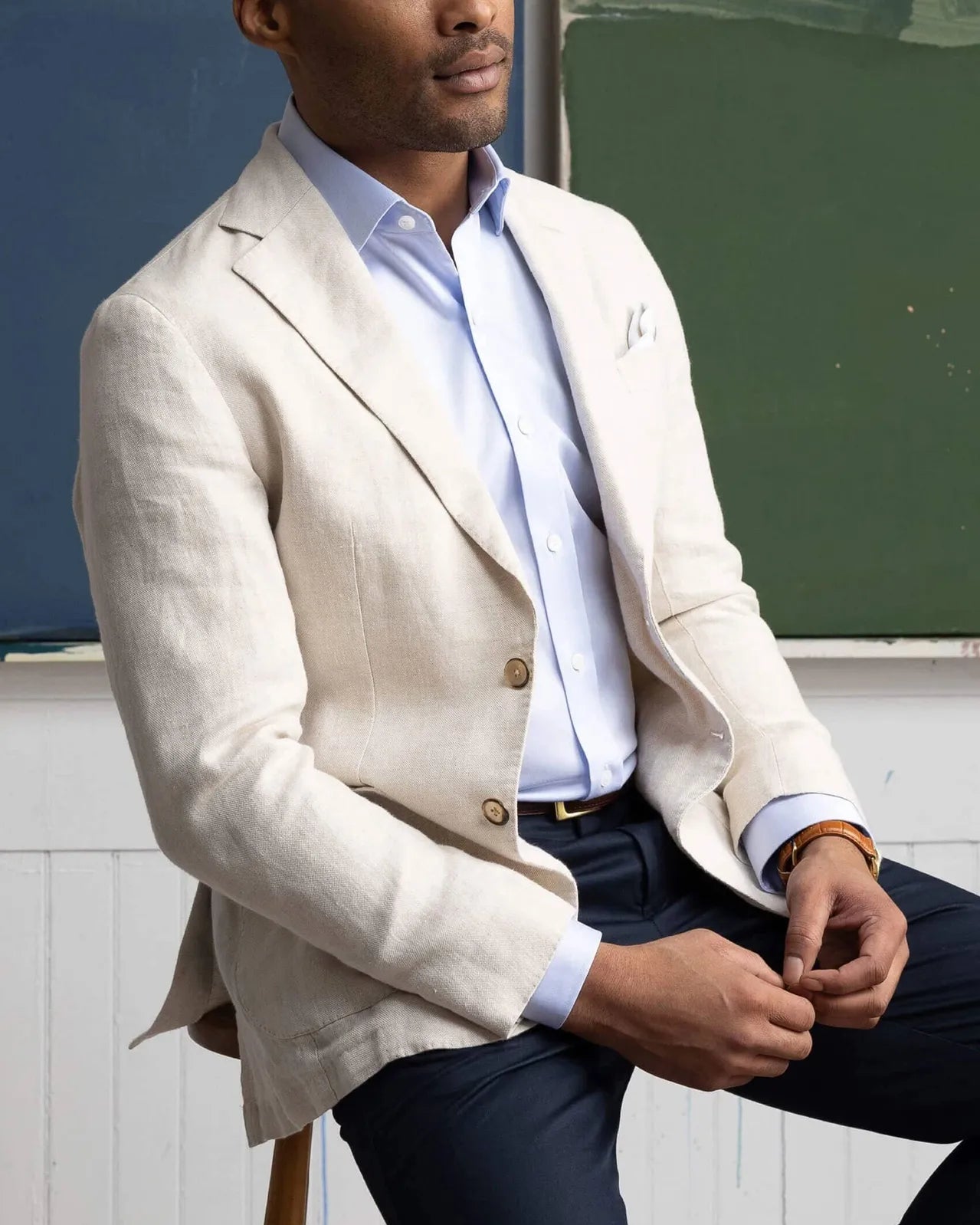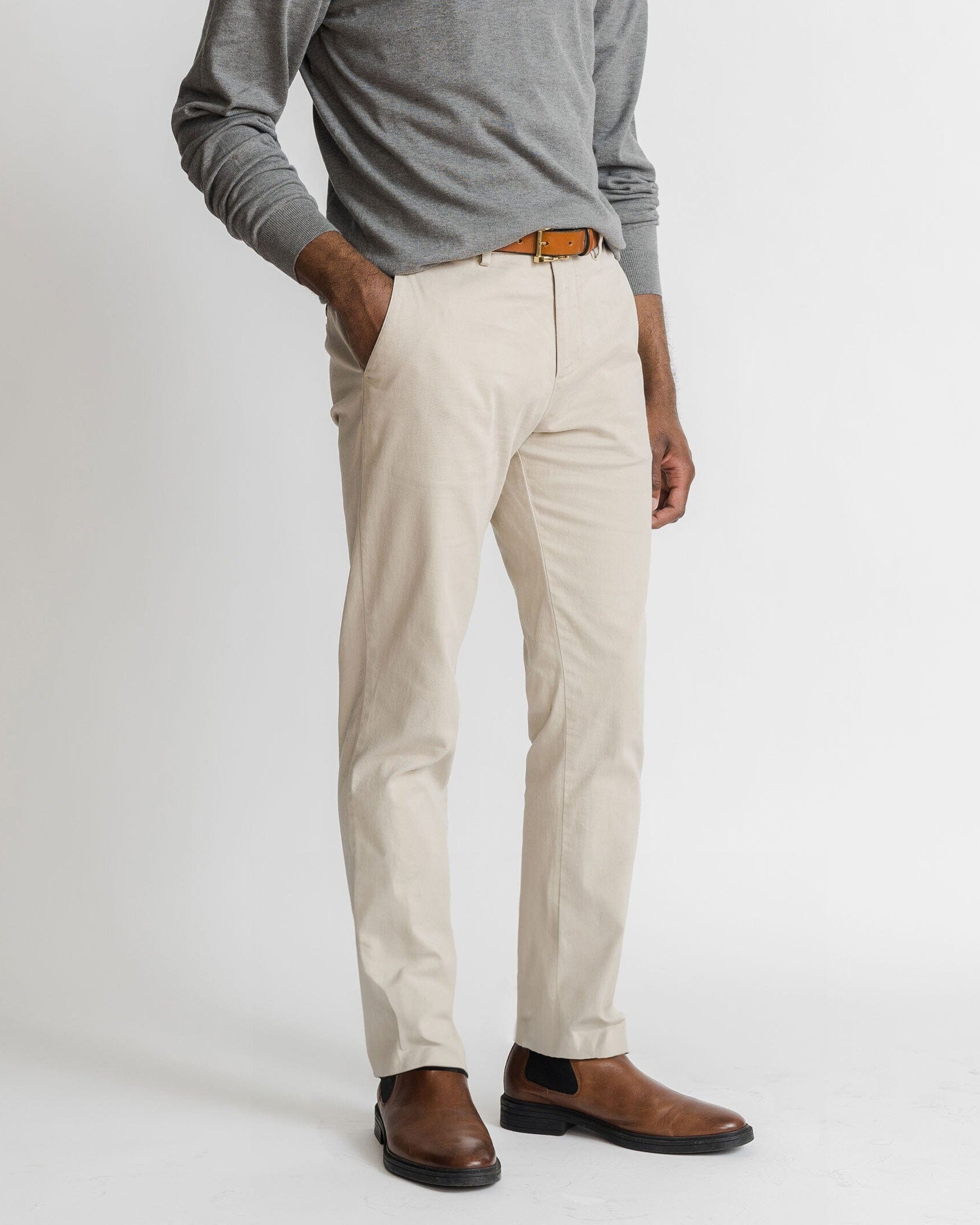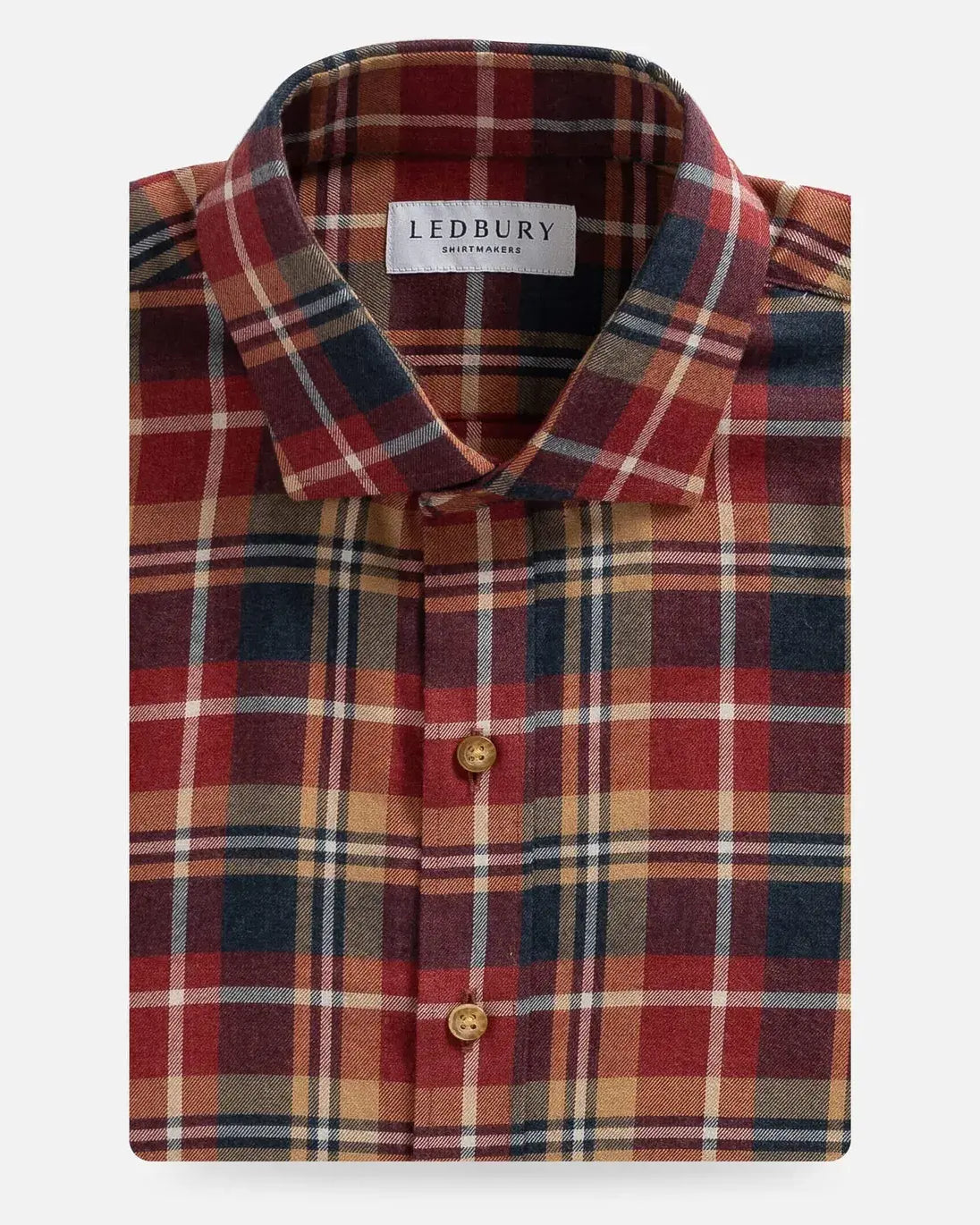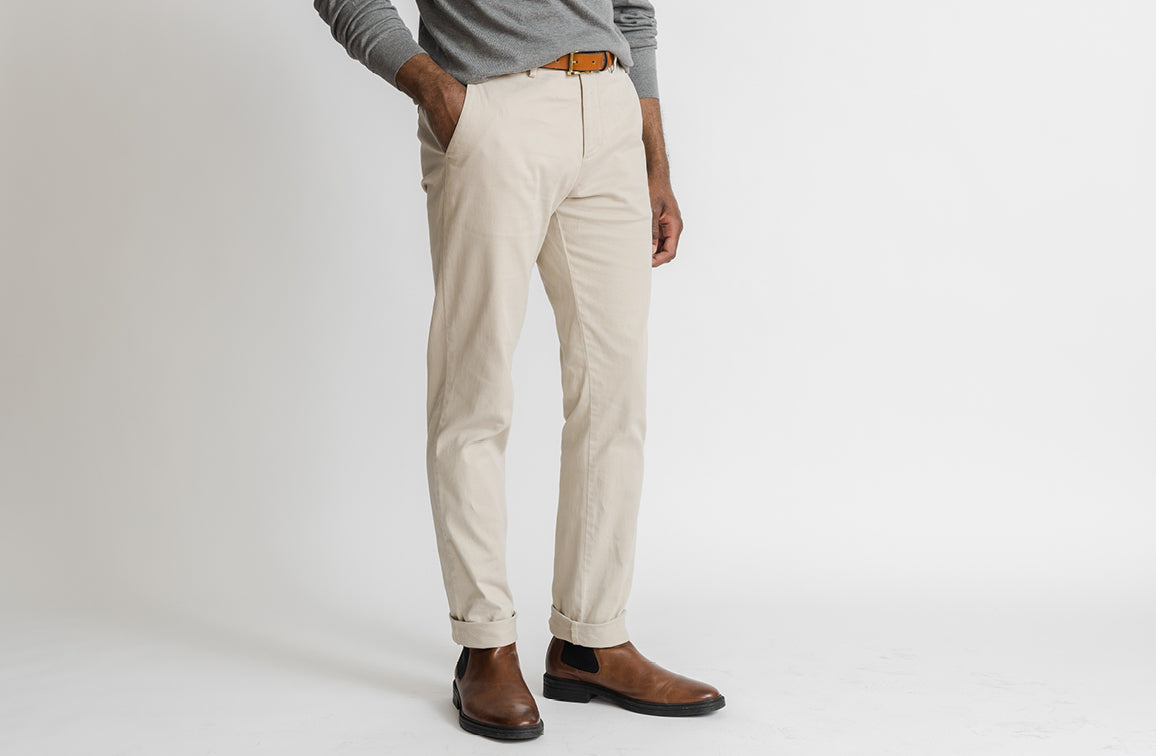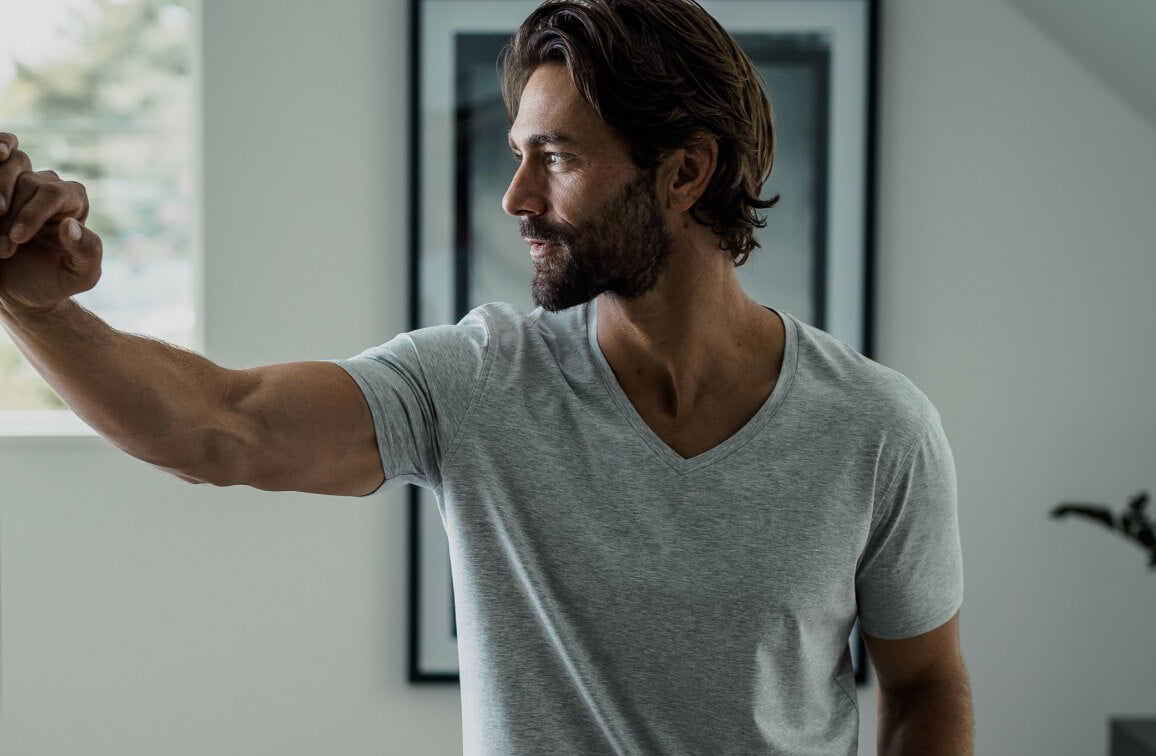The residents of Asheville are a healthy mix of natives and transplants — Brandon Skupski of Iron & Ash Furniture is one of the many who have landed in the Asheville mountains with utmost intention. Tucked away in the Blue Ridge Mountains of North Carolina, Asheville is praised for its buzzing beer scene, outdoor sport and unique community of artists and makers. Surrounded on all sides by specialty arts and craft schools, it’s no question why so many artistically-inclined folks migrate to the area.
Brandon ended up in Asheville after quite literally stumbling upon an art show from a local community college during a bike ride on the Blue Ridge Parkway. The following year, Brandon enrolled in the same two-year program at Haywood Community College — an intensive, studio-based program with the opportunity to learn and explore a chosen medium. After graduating from Haywood, Brandon setup shop in his basement and slowly acquired tools and machinery before moving into his current studio space. After a studio visit with a sneak peek of a new lamp design, we jumped at the opportunity to learn more about the man behind Iron & Ash.
Ledbury: Did you have any woodwork experience before starting in the program at Haywood?
Brandon: When I started at Haywood I basically had zero wood experience, especially as far as design and understanding the properties goes. I had some rough trade skills from building canopy tours, that were typically steel or aluminum with wooden platforms, but I didn’t have a background in finely crafted wood.
Ledbury: What types of challenges do you run into with the medium itself?
Brandon: Wood is very unforgiving… it really only wants to go together in certain ways, and that’s one thing that can be difficult to communicate when people want something custom. Wood will expand, contract, cup and bow, so all of those things are considered during the design phase.
Ledbury: When we first met, you mentioned the concept of creating art vs. craft. How do you define your own craft?
Brandon: I define my, and any craft, as functional, utilitarian. That’s not saying that craft isn’t designed, reworked, labored over and beautiful in many if the same ways as art, but the intention is different. I define art’s utility as experiential and emotional, a social commentary through the lens of the artist, something that is beautiful or visceral in ways that could be simple, but may be difficult to comprehend.
 Ledbury: Do you have any other outlets for creativity?
Brandon: As with most makers and craftspeople, there are rarely times in our day when we aren’t exercising our creativity or making things. It’s more a way of life than having another outlet. Currently I’m working on a business and passion project with another prominent maker in our community, Anna Toth. We’re opening a small cocktail bar in the River Arts District. Aside from creating the concept, aesthetic, building and furnishing the bar, we’re creating cocktails, mixers, etc. As different as it may be from designing and making a chair or pair of jeans, the process itself is very similar.
Ledbury: Are you building everything for the bar?
I’m not building everything. The major piece I’m working on is building the bar, aside from creating the whole aesthetic of the place, which my business partner Anna is doing a lot of, too. We thrifted a bunch of chairs for the interior. It’s a tiny, really manageable space. It’s going to be a cozy little neighborhood spot in the River Arts District.
Ledbury: What else are you working on right now?
Brandon: The bar project has been occupying a lot of my time, but I’m working on a bed for another client, a couple of custom chairs for another person, a buffet for someone else. Building out the bar and furniture making are both really full-time jobs right now.
Ledbury: Do you have any other outlets for creativity?
Brandon: As with most makers and craftspeople, there are rarely times in our day when we aren’t exercising our creativity or making things. It’s more a way of life than having another outlet. Currently I’m working on a business and passion project with another prominent maker in our community, Anna Toth. We’re opening a small cocktail bar in the River Arts District. Aside from creating the concept, aesthetic, building and furnishing the bar, we’re creating cocktails, mixers, etc. As different as it may be from designing and making a chair or pair of jeans, the process itself is very similar.
Ledbury: Are you building everything for the bar?
I’m not building everything. The major piece I’m working on is building the bar, aside from creating the whole aesthetic of the place, which my business partner Anna is doing a lot of, too. We thrifted a bunch of chairs for the interior. It’s a tiny, really manageable space. It’s going to be a cozy little neighborhood spot in the River Arts District.
Ledbury: What else are you working on right now?
Brandon: The bar project has been occupying a lot of my time, but I’m working on a bed for another client, a couple of custom chairs for another person, a buffet for someone else. Building out the bar and furniture making are both really full-time jobs right now.
 Ledbury: What would you most like to make that you haven’t made so far?
Brandon: I’m working on a collaboration with an upholsterer where all of our materials are being sourced in a localized effort. It’s a really simple and Mid-Century Modern-inspired design, but I’m excited to make it my own and to create a responsible product. It’s also something that can be easily reproduced in production runs. I see Iron & Ash becoming more of a design house that can design and prototype for larger operations, while still taking on a few custom projects here and there.
Ledbury: Describe the creative community in Asheville.
Brandon: The studio craftspeople here take their disciplines very seriously. Often the standards are higher here, whatever the discipline, due to the high density of makers. We feed off of, support and challenge each other; it makes all of us better. You’re not going to last long making mediocre work when everyone around you is elevating the craft. The whole city values, supports and participates in the arts and crafts. It’s a very blurred line between who is and isn’t a part of the creative community.
Ledbury: What would you most like to make that you haven’t made so far?
Brandon: I’m working on a collaboration with an upholsterer where all of our materials are being sourced in a localized effort. It’s a really simple and Mid-Century Modern-inspired design, but I’m excited to make it my own and to create a responsible product. It’s also something that can be easily reproduced in production runs. I see Iron & Ash becoming more of a design house that can design and prototype for larger operations, while still taking on a few custom projects here and there.
Ledbury: Describe the creative community in Asheville.
Brandon: The studio craftspeople here take their disciplines very seriously. Often the standards are higher here, whatever the discipline, due to the high density of makers. We feed off of, support and challenge each other; it makes all of us better. You’re not going to last long making mediocre work when everyone around you is elevating the craft. The whole city values, supports and participates in the arts and crafts. It’s a very blurred line between who is and isn’t a part of the creative community.
 Photography by Olivia Siegel.
Photography by Olivia Siegel.
 Ledbury: Do you have any other outlets for creativity?
Brandon: As with most makers and craftspeople, there are rarely times in our day when we aren’t exercising our creativity or making things. It’s more a way of life than having another outlet. Currently I’m working on a business and passion project with another prominent maker in our community, Anna Toth. We’re opening a small cocktail bar in the River Arts District. Aside from creating the concept, aesthetic, building and furnishing the bar, we’re creating cocktails, mixers, etc. As different as it may be from designing and making a chair or pair of jeans, the process itself is very similar.
Ledbury: Are you building everything for the bar?
I’m not building everything. The major piece I’m working on is building the bar, aside from creating the whole aesthetic of the place, which my business partner Anna is doing a lot of, too. We thrifted a bunch of chairs for the interior. It’s a tiny, really manageable space. It’s going to be a cozy little neighborhood spot in the River Arts District.
Ledbury: What else are you working on right now?
Brandon: The bar project has been occupying a lot of my time, but I’m working on a bed for another client, a couple of custom chairs for another person, a buffet for someone else. Building out the bar and furniture making are both really full-time jobs right now.
Ledbury: Do you have any other outlets for creativity?
Brandon: As with most makers and craftspeople, there are rarely times in our day when we aren’t exercising our creativity or making things. It’s more a way of life than having another outlet. Currently I’m working on a business and passion project with another prominent maker in our community, Anna Toth. We’re opening a small cocktail bar in the River Arts District. Aside from creating the concept, aesthetic, building and furnishing the bar, we’re creating cocktails, mixers, etc. As different as it may be from designing and making a chair or pair of jeans, the process itself is very similar.
Ledbury: Are you building everything for the bar?
I’m not building everything. The major piece I’m working on is building the bar, aside from creating the whole aesthetic of the place, which my business partner Anna is doing a lot of, too. We thrifted a bunch of chairs for the interior. It’s a tiny, really manageable space. It’s going to be a cozy little neighborhood spot in the River Arts District.
Ledbury: What else are you working on right now?
Brandon: The bar project has been occupying a lot of my time, but I’m working on a bed for another client, a couple of custom chairs for another person, a buffet for someone else. Building out the bar and furniture making are both really full-time jobs right now.
 Ledbury: What would you most like to make that you haven’t made so far?
Brandon: I’m working on a collaboration with an upholsterer where all of our materials are being sourced in a localized effort. It’s a really simple and Mid-Century Modern-inspired design, but I’m excited to make it my own and to create a responsible product. It’s also something that can be easily reproduced in production runs. I see Iron & Ash becoming more of a design house that can design and prototype for larger operations, while still taking on a few custom projects here and there.
Ledbury: Describe the creative community in Asheville.
Brandon: The studio craftspeople here take their disciplines very seriously. Often the standards are higher here, whatever the discipline, due to the high density of makers. We feed off of, support and challenge each other; it makes all of us better. You’re not going to last long making mediocre work when everyone around you is elevating the craft. The whole city values, supports and participates in the arts and crafts. It’s a very blurred line between who is and isn’t a part of the creative community.
Ledbury: What would you most like to make that you haven’t made so far?
Brandon: I’m working on a collaboration with an upholsterer where all of our materials are being sourced in a localized effort. It’s a really simple and Mid-Century Modern-inspired design, but I’m excited to make it my own and to create a responsible product. It’s also something that can be easily reproduced in production runs. I see Iron & Ash becoming more of a design house that can design and prototype for larger operations, while still taking on a few custom projects here and there.
Ledbury: Describe the creative community in Asheville.
Brandon: The studio craftspeople here take their disciplines very seriously. Often the standards are higher here, whatever the discipline, due to the high density of makers. We feed off of, support and challenge each other; it makes all of us better. You’re not going to last long making mediocre work when everyone around you is elevating the craft. The whole city values, supports and participates in the arts and crafts. It’s a very blurred line between who is and isn’t a part of the creative community.
 Photography by Olivia Siegel.
Photography by Olivia Siegel.
